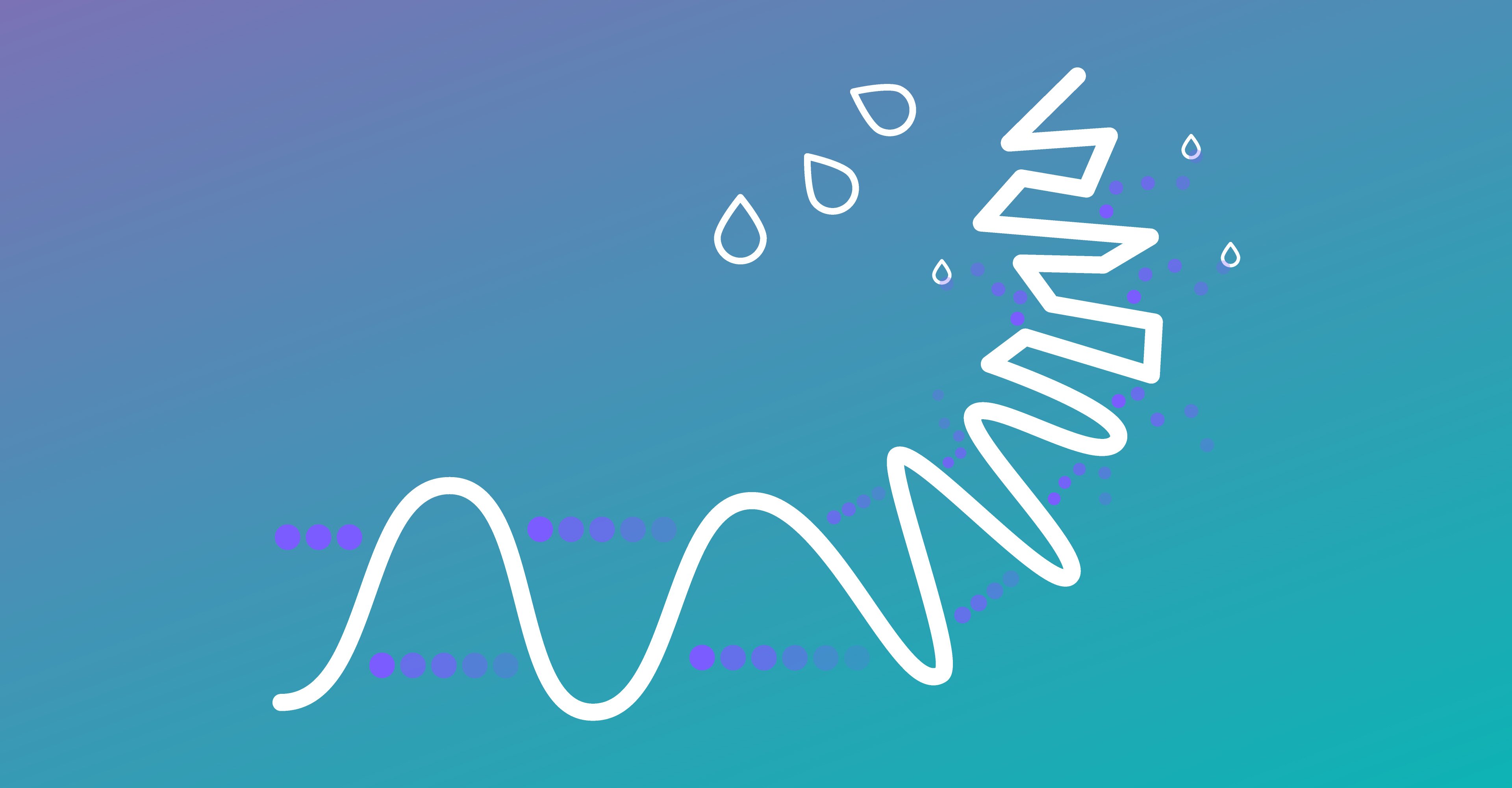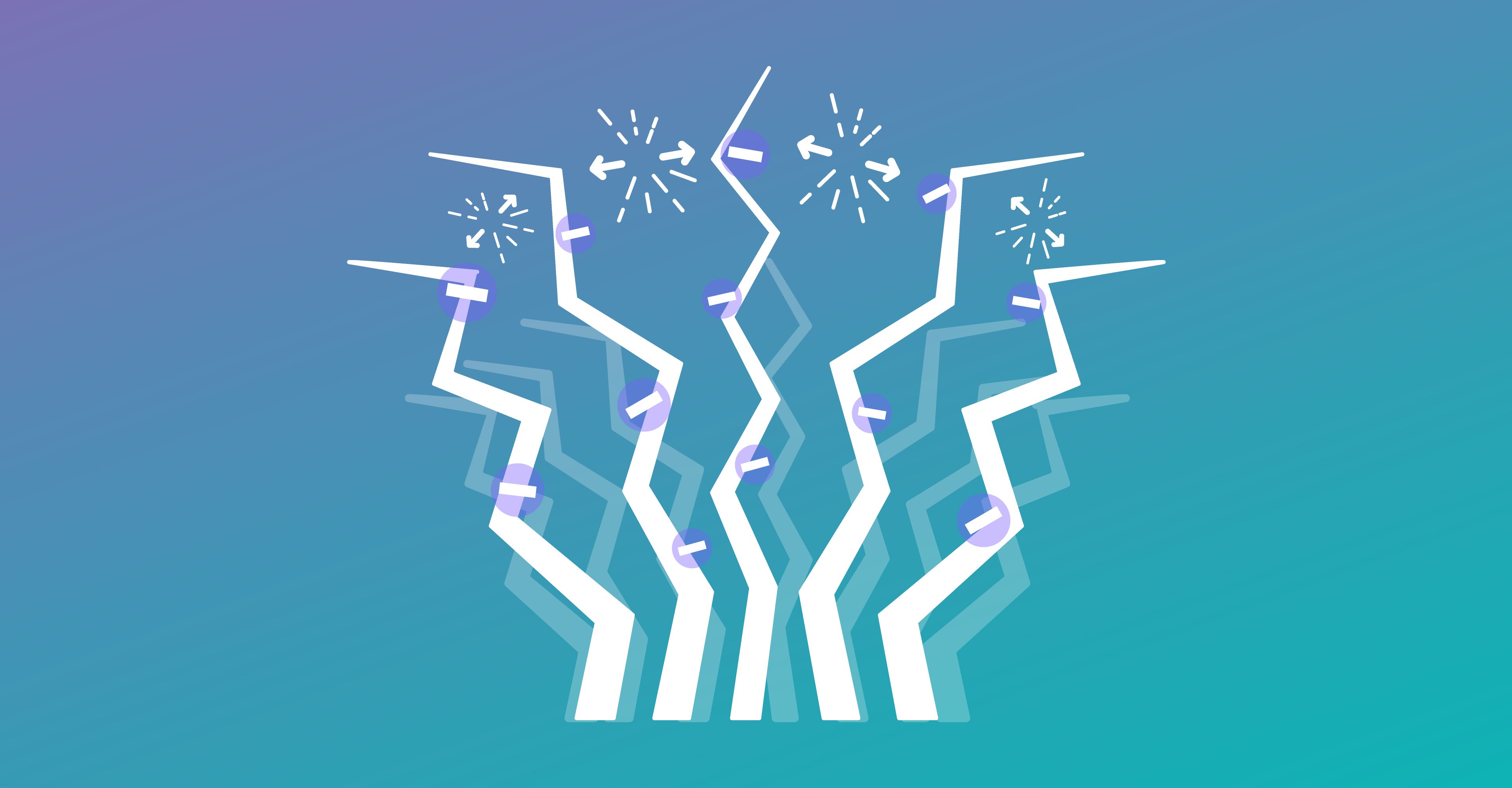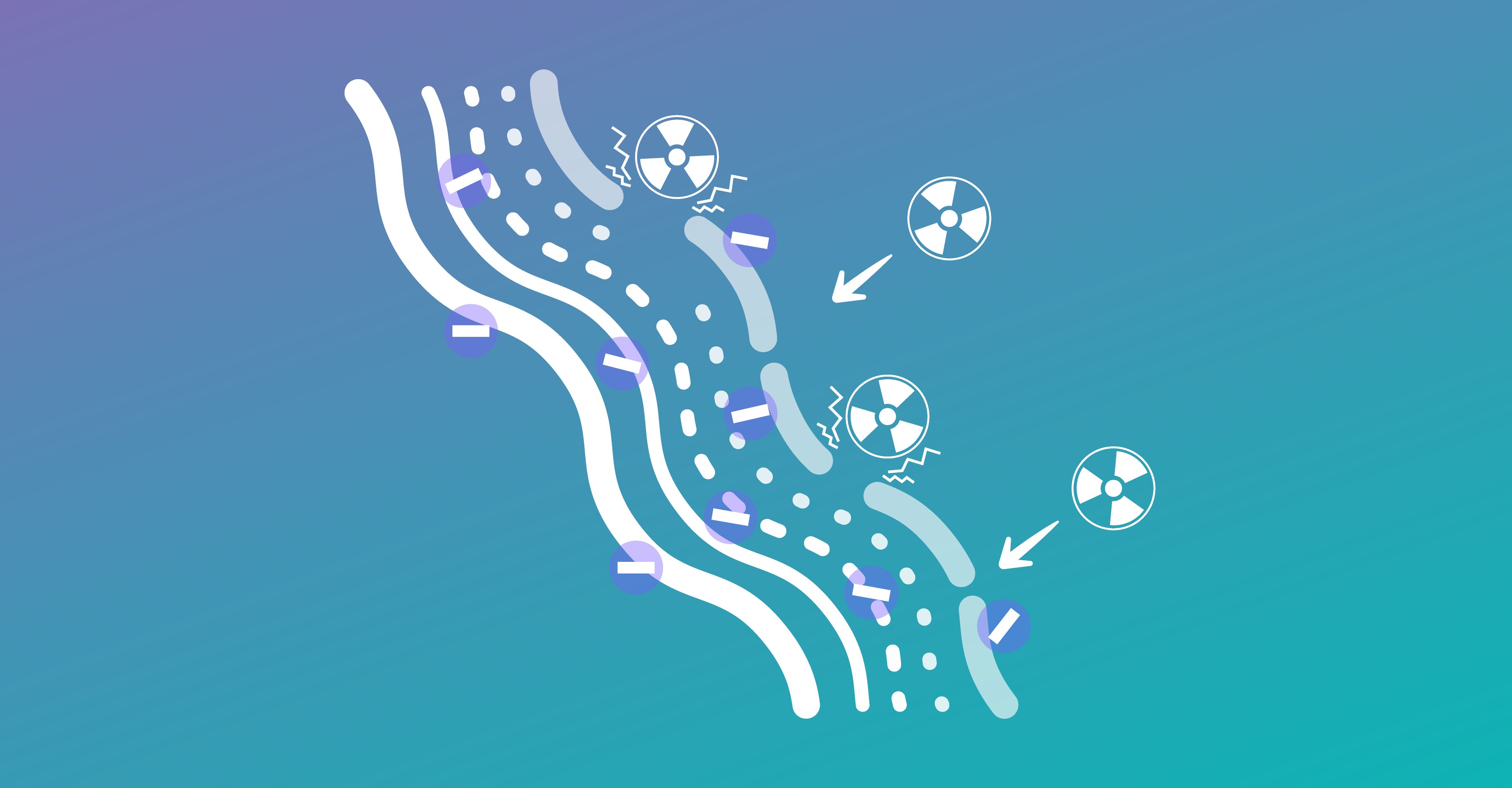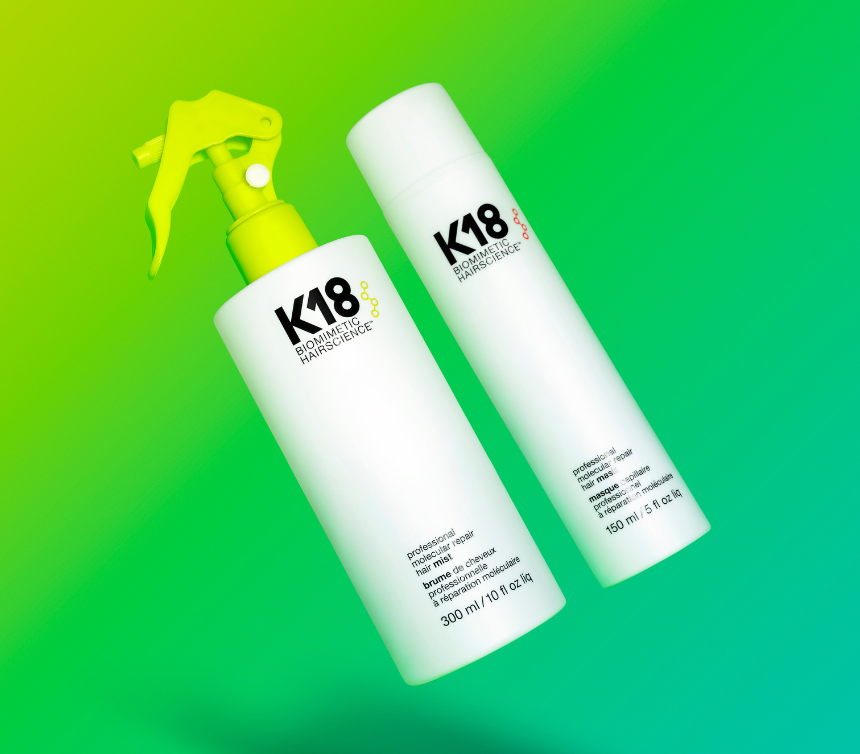Es el término capilar más buscado. Es un problema que muchos productos, trucos y rutinas tratan de mitigar. Es molesto.
Rizos.
Sí, vamos allí.
Where does it come from? What causes it? Forget everything you know. It's molecular.
The most common kind of frizz results when you are in a high-humidity environment. (looking at you, Florida). But frizz, or more specifically “flyaway hair,” can occur in cold, dry climates too. Frizz can also result from friction like repeated rubbing of the hair strands against each other or something else like a jacket hood, hat, or pillow. And finally, it also comes from (our favorite topic) damage.
But we’re getting ahead of ourselves.
water, hydrogen bonds + frizz
Before we dive into each, let’s talk a little about hair at the molecular level. Many different kinds of bonding and interactions within hair keratin chains are responsible for hair’s shape and strength. Hydrogen bonds are one of the reversible types of bonds. They are what make water molecules so attractive to one another! Do we sense some hair flirting going on?
When hair is dry, the amino acids in keratin chains will hydrogen bond or flirt with neighbors, helping to keep hair in a certain temporary shape. But when water comes around, it will hydrogen bond or flirt with the amino acids, interrupting the hydrogen bonds within keratin and changing hair shape. It’s why wet hair can be styled and shaped—as wet hair dries, hydrogen atoms reform their bonds with those on neighboring chains of keratin, and hold until hair is wet again.

When the content of water in the air is higher due to increased humidity (no shade: but again, Florida), water molecules from the atmosphere come into contact with hair much more frequently. The key here is that porous hair—especially chemically damaged hair— is more likely to absorb that moisture. Absorbing excess moisture can cause the hair cuticle to swell. Once it swells, the water molecules can access the keratin chains at the innermost layer of the hair strand, and then more and more hydrogen bonds will form between keratin and water. This causes hair strands to fold back on themselves and kink up, and bam! The result is the appearance of frizz.

In dry environments there is much less water in the air. In this case, it is not disruption of hydrogen bonds, but rather electrostatic repulsion that is the culprit. Hair tends to be negatively charged; damaged hair is even more so. These negative charges repel each other, counteracting smooth, sleek hair. Now add extra friction, which results in additional build-up of static electricity. Normally, the water molecules present in mildly humid hair can dissipate this extra charge. In dry air and especially in cold air, the extra electric charge builds up in your hair and results in even more repulsion, and flyaways become common. Yikes.

chemical treatments + frizz
Treating hair also causes disruption to key bonds.
Anything that causes damage to the hair cuticle (chemical treatments are the most severe, but even the friction from towel drying or brushing) can make hair more prone to frizz because it disrupts that hydrophobic water-repelling seal and increases hair porosity and therefore sensitivity to or absorption of water.
During a bleaching, a perm, or relaxing treatment for example, the chemicals used force the hair cuticle to open or swell and break chemical bonds in the hair to restructure or reshape hair. These processes can leave hair weak, brittle, and prone to breakage. Damage results in extra negative charges, which create the phenomenon of dry frizz or flyaways.
This is where the cycle ramps up. If your hair is damaged, more water can enter the hair strand, further breaking hydrogen bonds and causing more frizz.
the truth about anti-frizz products
Given that frizz is such a common problem—FUN FACT: it’s the most searched hair term—it’s no surprise there are shampoos, conditioners, and serums created to help battle it.
The cosmetic chemistry part of the hair industry has cleverly gotten around frizz by employing oils and cationics. Oils coat the hair and repel water, preventing or slowing the absorption of water molecules from the air. They also reduce inter-strand friction and promote adhesion between strands. Cationic polymers have a permanently positive charge, which attracts and sticks to the negative charges on hair, helping to mitigate electrostatic repulsion.
All of that science talk is to say, in reality, most of these products only work on the surface level of hair and do not address the root causes of frizz: raised cuticles from damage. If you want to get to the bottom of frizz, the key isn’t keeping hair moisture-free or using a ton product. You need to rebuild your hair to make it strong again.
In short: Healthy hair has less frizz.



